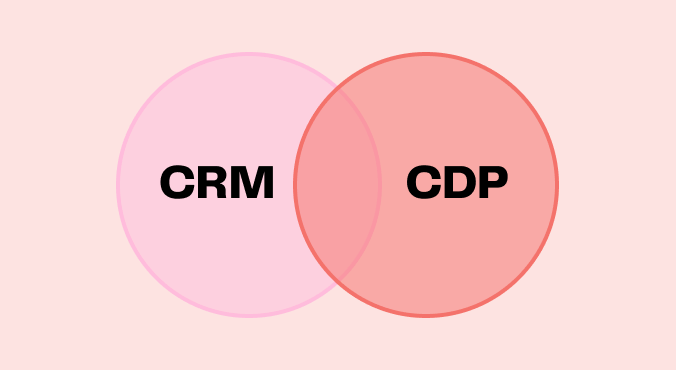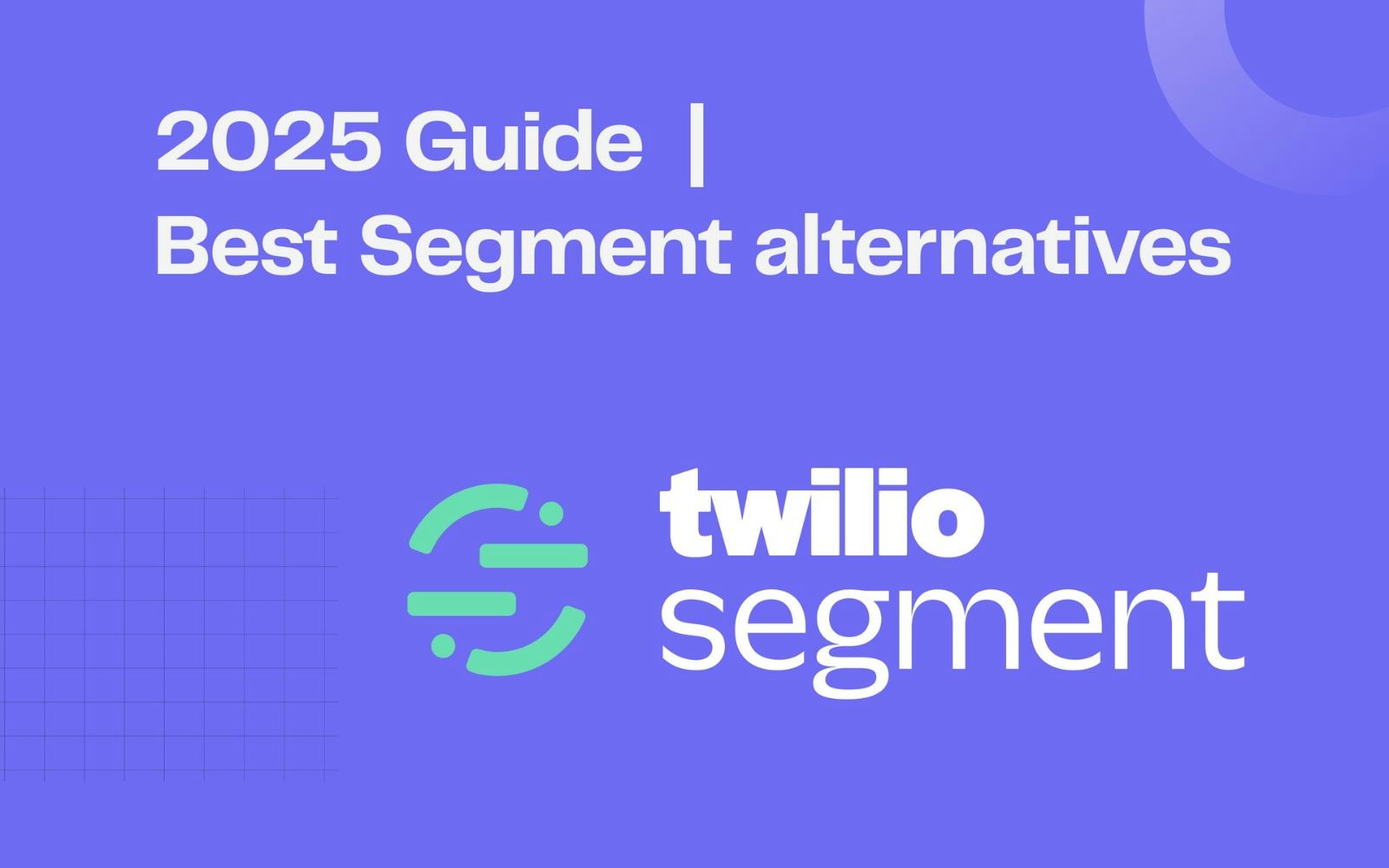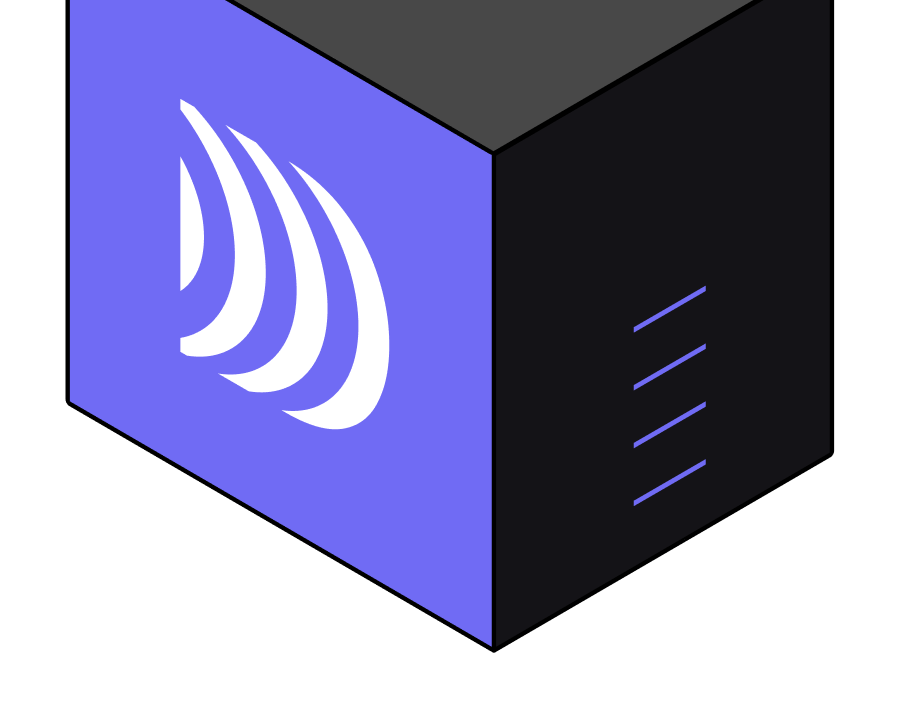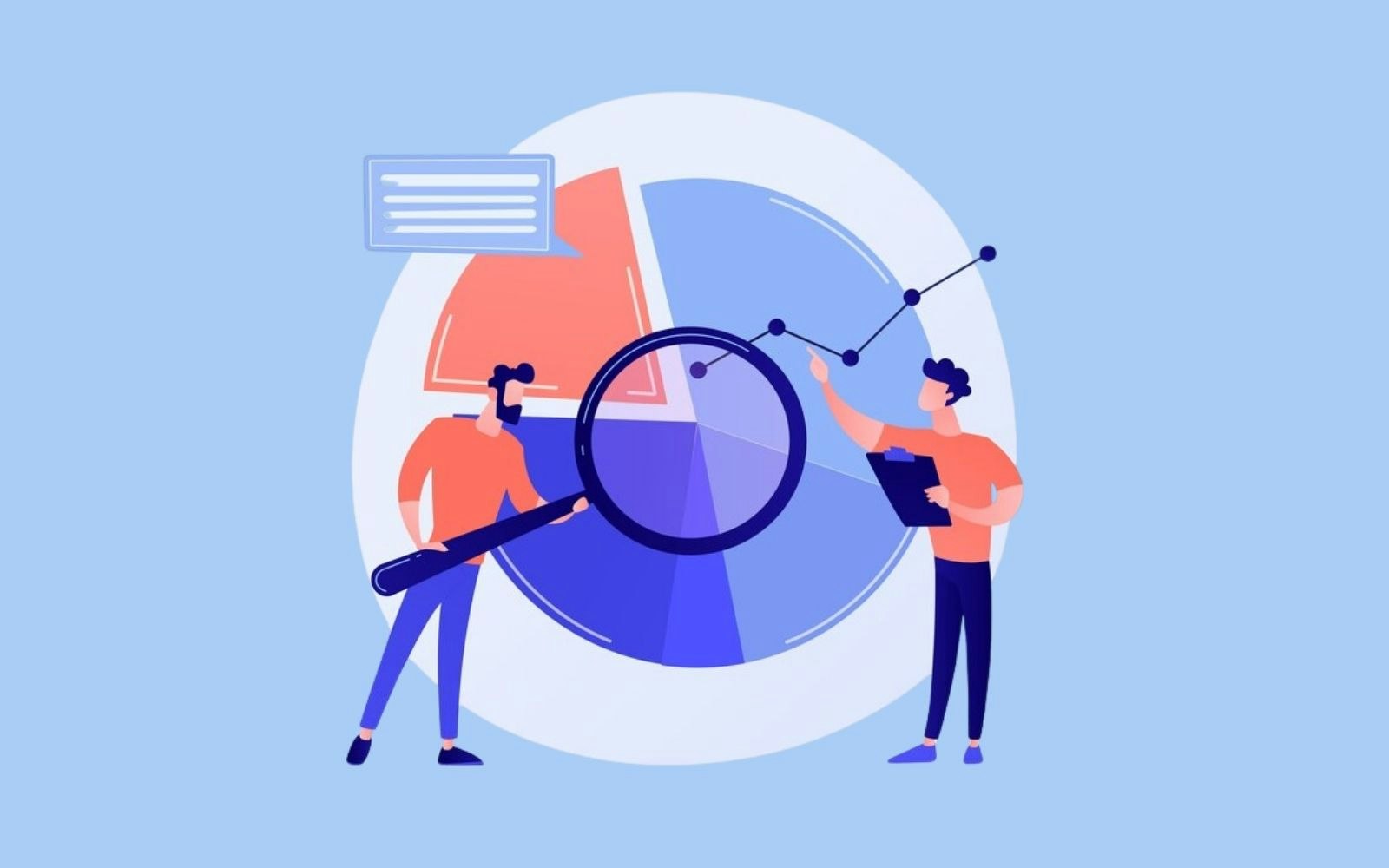
Data segmentation as a personalisation lever
8min • Last updated on Apr 4, 2025

Olivier Renard
Content & SEO Manager
15 years after its international debut, Netflix is breaking every record. By the end of 2024, the Los Gatos-based company had surpassed 300 million subscribers worldwide. Over the year, users watched nearly 200 billion hours of content from its catalogue of 18,000 films and series.
This success is no accident. The platform offers ultra-targeted recommendations and a highly personalised experience that has cemented its place as a global video streaming leader.
Its performance is underpinned by powerful marketing, reinforced by ultra-granular segmentation. It's estimated that Netflix tailors its catalogue based on more than 76,000 ‘micro-genres’*, derived from users’ viewing habits.
Key takeaways:
Data segmentation involves dividing a dataset into homogeneous groups based on specific criteria.
It delivers actionable insights into your audience to refine your marketing, product or service strategies.
There are several segmentation methods, depending on your objectives: demographic, behavioural, geographic, etc.
A Customer Data Platform (CDP) simplifies this segmentation through a suite of no-code tools. It also helps to unify and enrich customer data.
🔎 What is data segmentation and why is it at the heart of modern marketing strategies? Discover its benefits, techniques and the tools to implement it effectively. 🚀
What is data segmentation?
Data segmentation involves dividing a dataset into smaller, homogeneous subgroups based on defined criteria.
These may include demographic, behavioural, geographic, organisational or transactional factors.
The objective? To make data more understandable, actionable and usable.
Segmentation helps derive insights from available data. In marketing, it enables more detailed analysis and supports more tailored actions.
While it’s a common use case, segmentation isn’t limited to customer data. It can also apply to products, events, campaigns or internal performance metrics.
It's a method for unlocking the potential of data across all domains.
Why segment your data?
Data segmentation goes beyond top-level analysis. It reveals behaviours, expectations and specific trends within each hidden subgroup of your dataset.
More specifically, data segmentation enables:
Better personalisation of offers: Segmentation allows campaigns to be tailored to the needs and preferences of each group. Messages are more relevant and resonate with their recipients.
More effective and relevant communication: Messages are sent at the right time, via the right channel, using the right tone. This increases the impact of marketing actions.
Optimised use of marketing resources: Segmentation helps prioritise actions and focus efforts on the most strategic segments. It avoids wasting time or budget on low-impact initiatives.
Improved customer loyalty: Understanding the expectations of each segment makes it easier to strengthen long-term relationships. Enhanced experiences foster trust and drive loyalty.
Reduced churn: Identifying weak signals and targeting at-risk segments helps anticipate disengagement. Specific actions can be implemented to retain these customers.
More efficient customer acquisition: A better understanding of your targets helps activate the right levers. This leads to higher-quality leads and improved conversion rates.
To segment your data is to better understand in order to better act.
👇
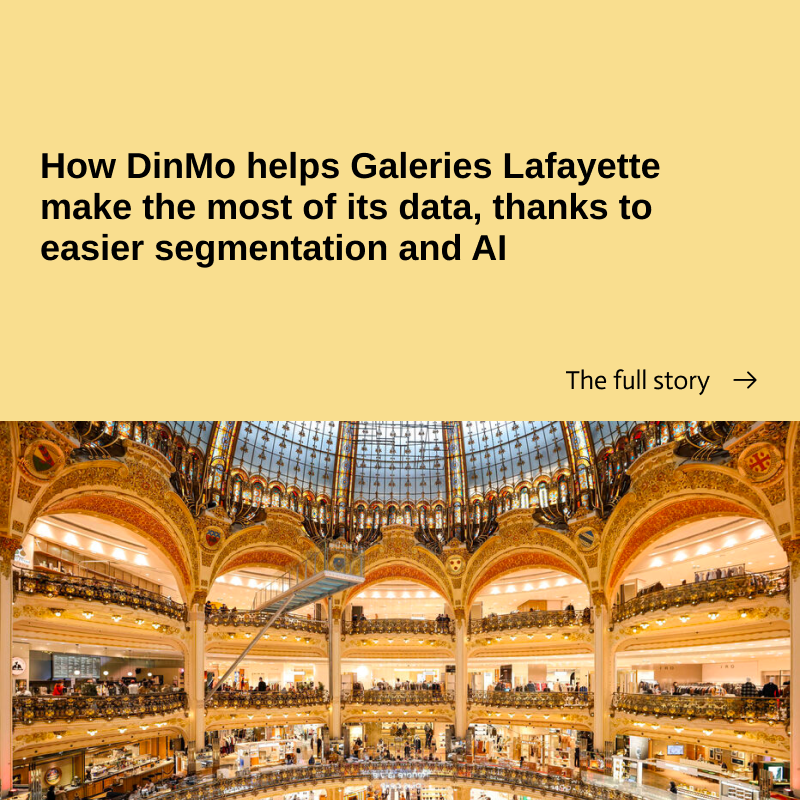
Using segmentation to boost performance
How to segment your data: methods and tools
What types of data can be segmented?
Several data types can be segmented depending on your objectives. Here's an overview of the most common ones with practical examples.
Data type | Description | Use case |
|---|---|---|
Demographic data | Personal information such as age, gender, income, family situation. | Tailoring offers based on insights into age, income level or household characteristics. |
Geographic data | User or business location: country, region, city, postcode. | Targeting campaigns by location, adjusting offers by region. |
Behavioural data | Actions on sites or apps (clicks, page views, interactions). | Retargeting visitors who abandoned their basket. |
Transactional data | Purchase history, spend amount, buying frequency. | Targeting high-value customers with dedicated offers. |
Product data | Product attributes (category, price, availability). | Recommending similar or complementary products. |
Firmographic / Technographic data | Company data (size, industry, tools used). | Segmenting B2B prospects by CRM for targeted campaigns. |
Main types of data segmentation
These different categories can then be used by business teams.
Marketing
Segmentation enables the creation of targeted campaigns based on user preferences or behaviours. It also supports retargeting and personalised messaging.
Sales
Segmentation helps identify the most qualified prospects through lead scoring. This allows teams to define an Ideal Customer Profile (ICP) and focus commercial efforts accordingly.
Product
Segmentation helps analyse usage in order to adjust features to the real needs of users.
Customer support
It allows for the detection of at-risk customers (churn signals, inactivity) to prioritise actions and offer dedicated support.
What are the main methods of segmentation?
There are several segmentation techniques depending on your organisation’s maturity, available tools, and objectives:
Manual rule-based segmentation: A widely used process where fixed rules are defined (e.g. age, location, purchase frequency). It’s simple to implement and remains useful for creating quick, easy-to-understand segments.
Automated segmentation (via machine learning algorithms): A more advanced technique based on algorithms like clustering (e.g. K-means) or decision trees. It helps identify similar groups within large datasets, without needing predefined rules. Heavily used in data science, it reveals patterns invisible to the human eye.
Static vs. dynamic segmentation: As the name suggests, static segmentation is defined once and does not update automatically. In contrast, dynamic segmentation evolves in real time with incoming data. It is essential for keeping a current view and continuously adapting your actions.
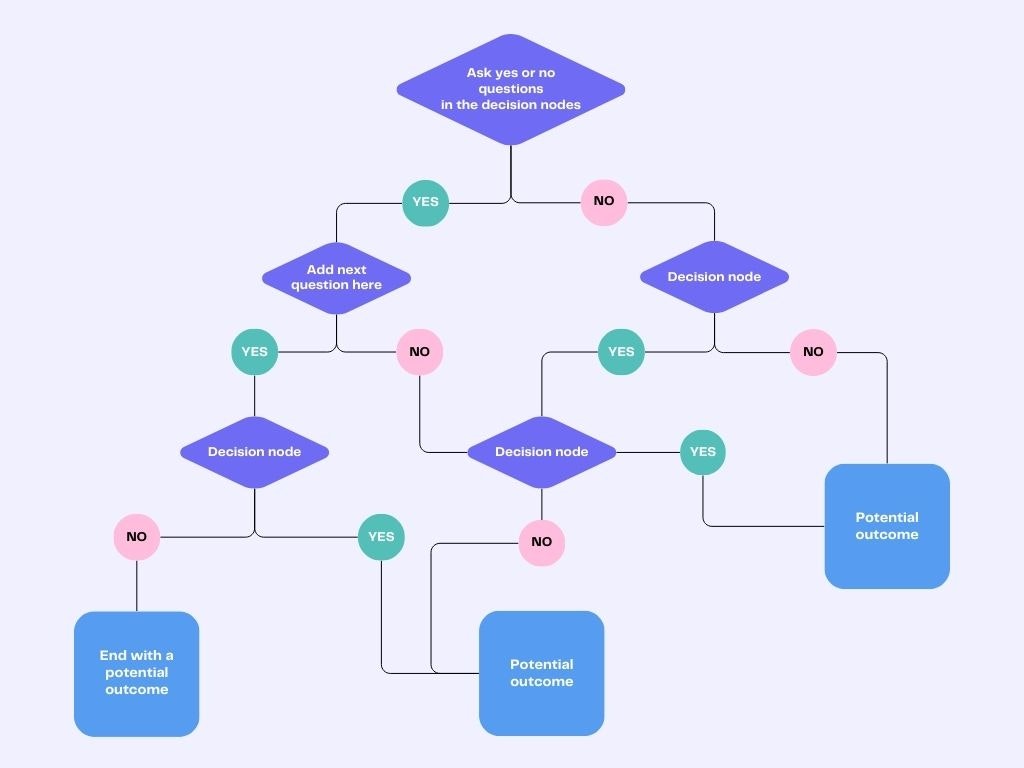
Example of decision tree
👉 Now let's find out which tools can be used to put data segmentation into practice.
Mais tools
Tool | Description | Use case | Main vendors |
|---|---|---|---|
Spreadsheets | Simple tools for handling tabular data. Accessible and flexible, but not suited to large or complex datasets. | Manually segmenting an email list by simple criteria (e.g. region). | Excel, Google Sheets |
Business Intelligence (BI) | Solutions for data exploration, visualisation and analytics. Powerful and suitable for analysis, their implementation requires a certain amount of expertise. | Analysing client segment performance (e.g. revenue, frequency). | Tableau, Looker, Power BI |
CRM & marketing automation | Tools for managing contacts and automating campaigns. As they do not centralise all the data, segmentation is easier but may lack precision. | Targeting inactive contacts with a re-engagement campaign. | HubSpot, Salesforce, Brevo |
Customer Data Platforms (CDP) | Platforms that specialise in collecting, unifying and activating customer data. Enable fine, real-time segmentation. Require strong collaboration between teams. | CCreating dynamic segments synced with CRM and ad platforms. | DinMo, Hightouch, Segment, Imagino, Tealium |
Data segmentation tools
The added value of a CDP in data segmentation
While the concept of segmentation is simple, implementing it at scale with real-time data is a significant challenge. Since their emergence around 2013, Customer Data Platforms (CDPs) have made this much easier.
Data collection and unification
A CDP aggregates data from different sources: CRM, website, social media, mobile app, etc. It centralises all information to build a 360° view of the customer journey.
Updating and enrichment
Data is synchronised in real time. Every new interaction updates the customer profile. DinMo composable CDP also enriches profiles using predictive AI: churn risk, scoring, next best offer.
Precise dynamic segment creation
A CDP enables marketing teams to build dynamic multi-entity segments, without a single line of code. These groups update automatically based on defined rules. For example: “Existing customers with a high LTV who have ordered multiple pairs of trousers in the last 12 months.”
Activation in your marketing tools
Once created, segments can be pushed in one click to activation tools (email, CRM, advertising, etc.). No need for CSV exports or database uploads.
A CDP helps unlock the full potential of data segmentation: simpler, more reliable, more effective. It also ensures better compliance with data protection regulations (GDPR, CCPA).
With DinMo’s Segment Builder, create audiences in a few clicks – no coding required.
Our composable CDP enables you to build dynamic segments directly from your cloud data warehouse.
Best practices and common mistakes
Here are a few tips on how to get the most out of your segmentation.
Best practices
Start with a clear objective
Test and refine your segments
Automate updates
Common mistakes
Over-segmentation
Using outdated data
Relying on vague or non-actionable criteria
Data segmentation is a strategic lever to personalise actions, optimise resources and accelerate growth. A Customer Data Platform makes it easier to implement.
👉 With DinMo, use your data to create precise, actionable segments – no technical knowledge required. Experience the power of our composable CDP.
*Source: The Atlantic
FAQ
What’s the difference between data segmentation and market segmentation?
What’s the difference between data segmentation and market segmentation?
Market segmentation is a marketing strategy that divides a target market into consumer groups with similar characteristics (age, needs, behaviours, etc.).
Data segmentation, on the other hand, is a broader process that involves dividing any dataset (customers, products, events...) into homogeneous subsets. It can be used in marketing but also in sales, product or support.
In short, marketing segmentation is a specific use case of data segmentation. The latter relies on more varied criteria (demographic, behavioural, technographic...) and can be automated using advanced tools.
How do I know if a segment is truly relevant?
How do I know if a segment is truly relevant?
A relevant segment meets three key criteria: coherence, usefulness, and actionability. It must group individuals or elements that share common characteristics and identifiable behaviours. The segment should help you understand a problem or support a concrete action: marketing campaign, sales targeting, product improvement, etc.
A good test is to ask yourself:
“Does this segment enable better decision-making or improved performance?”
If the answer is no, it may be worth revisiting your criteria.
The size of the segment also matters: too broad and it loses precision; too narrow and it becomes hard to leverage.
Is segmentation useful for small businesses?
Is segmentation useful for small businesses?
Yes, segmentation is equally valuable for small businesses. It helps them better understand their customers, tailor their messaging, and focus efforts where they’ll have the most impact.
Even with limited data, segmentation can be based on simple criteria like location, purchase history, or visit frequency. This helps personalise relationships, optimise commercial efforts, and boost customer loyalty.
Many tools (CRM, email marketing platforms, spreadsheets) make it easy to get started. In niche markets, well-executed segmentation can make a significant difference in performance.













